The Candidates tournament to determine the challenger later this year to world champion Magnus Carlsen is now well underway in Moscow. Early indications favoured the former champion Viswanathan Anand, the new young talent Sergei Karjakin, and Lev Aronian, Olympiad gold medallist, all of whom scored in the opening rounds. The main victim of their initial surge was Vesselin Topalov, the former Fidé champion, whose conduct in his games at the start was unrecognisably supine. This week’s puzzle features his loss to Anand.
An instructive element of the official website (moscow2016.fide.com) is a potted history of previous Candidates tournaments and their winners, including such luminaries as David Bronstein, Vassily Smyslov, Tigran Petrosian and Mikhail Tal. All of these, with the exception of Bronstein, went on to win the title, and all four faced the Red Czar of Soviet chess, Mikhail Botvinnik, in their championship quests.
This week’s game is a stirring win by Tal from his powerful performance in the 1959 Candidates. Notes are based on the new book Tal: Move by Move by Cyrus Lakdawala, published by Everyman Chess.
Tal-Gligoric: Candidates Tournament Bled/Zagreb/Belgrade 1959; King’s Indian Defence
1 d4 Nf6 2 c4 g6 3 Nc3 Bg7 4 e4 d6 5 f3 0–0 6 Be3 e5 7 Nge2 c6 8 d5 cxd5 9 cxd5 a6 10 Qd2 Nbd7 11 g4 h5 12 h3 Nh7 13 h4 This move constitutes a serious inaccuracy. White should play either 13 Rg1 or 13 0‑0‑0. 13 … hxg4 14 fxg4 (see diagram 1) 14 … Nhf6 Gligoric missed a promising opportunity with 14 … Nb6! when Black threatens … Bxg4 and also … Nc4 when White has only unpleasant options. 15 Bh3 Nb6 16 Bg5 Nc4 17 Qd3 Qc7 17 … Nxb2? allows White to greatly increase pressure on f6 e.g. 18 Qf3! b5 19 h5! with a strong attack. 18 b3 Na3 19 Rc1 Bxg4 Gligoric’s move walks into Tal’s devious trap, but his position is already precarious. 20 Bxf6 Bxe2 21 Kxe2 Bxf6 22 Nb1 Qa5 (see diagram 2) 23 b4 This clearance/double attack shot wins Black’s knight. 23 … Qxb4 24 Nxa3 Bxh4 Black gets three pawns for the piece which is not so bad. His trouble comes not from material considerations, but from a lack of king safety. 25 Nc4 b5 26 Nb6 Rad8 27 Bf5 Bg5 28 Rcg1 Qb2+ 29 Kf3 Bf4 30 Rg2 Qb4 31 Nd7 Rc8 32 Nf6+ This wins, but immediately decisive is 32 Bxg6 fxg6 (32 … Rc3?? is refuted by 33 Bf5+ Bg3 34 Rxg3 mate) 33 Rxg6+ Kf7 34 Rf6+ Kg7 35 Rg1+ Kh8 36 Rxf8+ Rxf8 37 Nxf8. 32 … Kg7 33 Nh5+ Kg8 34 Bxc8 Rxc8 35 Rc2 Rxc2 36 Qxc2 Qa3+ 37 Qb3 Qxb3+ 38 axb3 gxh5 39 Ra1 h4 40 Kg4 Be3 41 Rxa6 Bc5 42 Kxh4 f5 43 exf5 e4 44 b4 Bxb4 45 Kg5 Kf7 46 Ra7+ Ke8 47 f6 Black resigns
Got something to add? Join the discussion and comment below.
Get 10 issues for just $10
Subscribe to The Spectator Australia today for the next 10 magazine issues, plus full online access, for just $10.

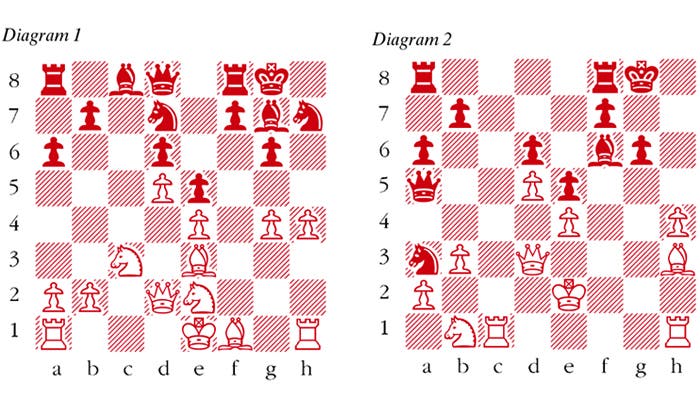
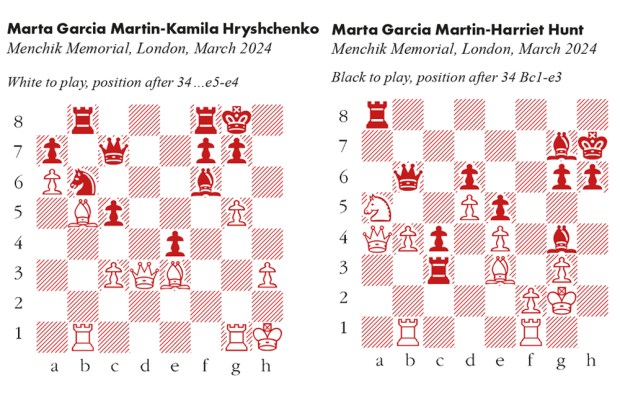

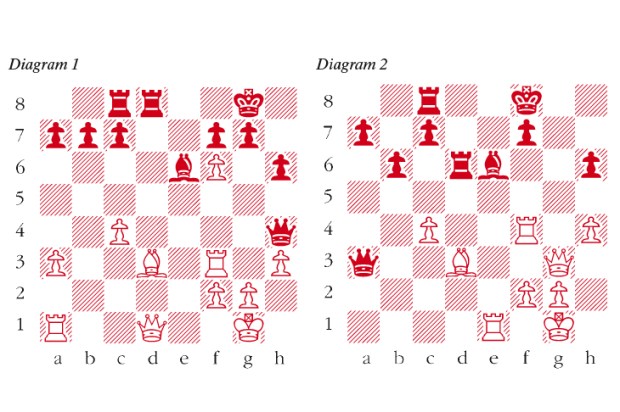
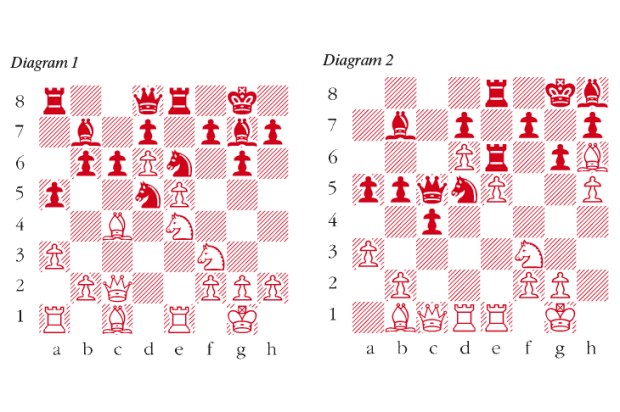
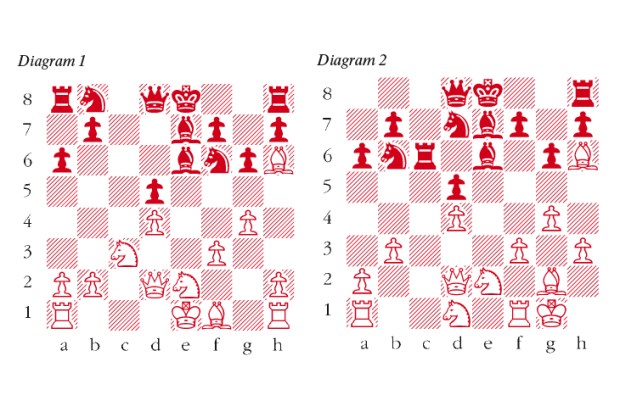
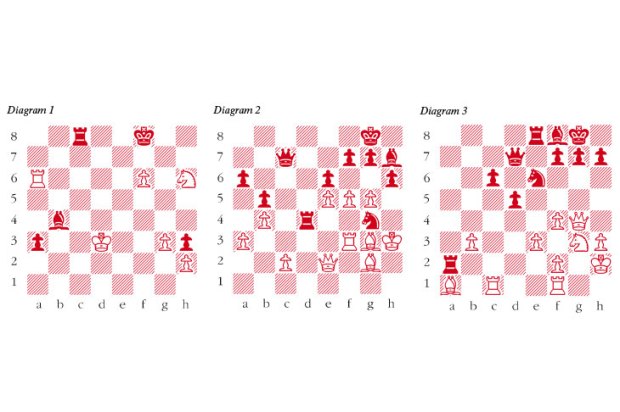






Comments
Don't miss out
Join the conversation with other Spectator Australia readers. Subscribe to leave a comment.
SUBSCRIBEAlready a subscriber? Log in